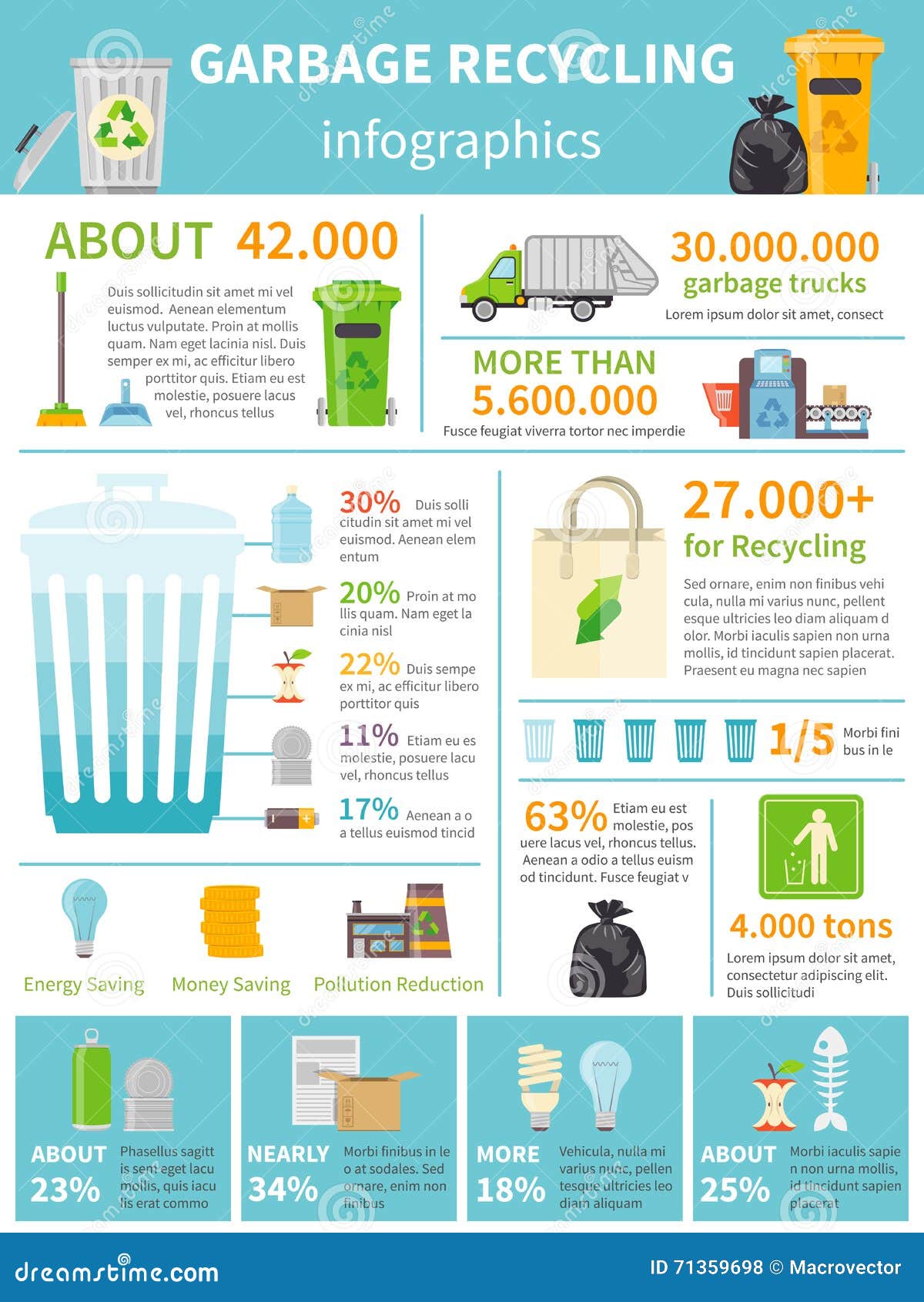Unlock The Trick To Choosing The Best Dumpster Size For Your Job, Boosting Efficiency And Minimizing Expenses With The Insights Supplied In This Comprehensive Guide
Unlock The Trick To Choosing The Best Dumpster Size For Your Job, Boosting Efficiency And Minimizing Expenses With The Insights Supplied In This Comprehensive Guide
Blog Article
Created By-Cabrera Hahn
When embarking on a project that calls for a dumpster, the dimension you select can significantly influence its performance and cost-effectiveness. Think of having the perfect container that accommodates all your waste without being excessively large or as well tiny. Everything starts with comprehending the nuances of your task and picking a dumpster size that straightens with your specific demands. So, before dupster choose, consider the variables at play to ensure a seamless waste management procedure throughout.
Variables to Think about
When picking the right dumpster dimension, there are numerous essential elements to consider.
First, think about the type of waste you'll be throwing away. Different products may require varying amounts of area, so comprehending what you'll be placing in the dumpster is critical.
Next, examine the quantity of waste you anticipate to create. If you ignore the volume, you might need to make multiple trips to throw away every little thing, which can be bothersome and costly. On the other hand, leasing a dumpster that's as well large can result in unneeded costs.
Furthermore, think about the area where the dumpster will certainly be put. Make sure there suffices area for the dumpster to be provided and picked up with no obstructions.
Lastly, think about any type of weight constraints that may apply. Surpassing the weight restriction can cause additional fees and even the rejection of service.
Dumpster Size Options
For choosing the right dumpster dimension, it's vital to have a good understanding of the available choices. Dumpster dimensions generally vary from 10 to 40 cubic lawns, with variations in between.
A 10-yard dumpster is suitable for tiny tasks like a garage cleanout or a tiny renovation. If you're taking on a medium-sized task such as a kitchen area remodel or a basement cleanout, a 20-yard dumpster might be the appropriate selection.
For bigger projects like a whole-house improvement or industrial building, a 30 or 40-yard dumpster could be preferable to accommodate the volume of waste generated.
When picking a dumpster dimension, think about the quantity and sort of debris you expect to dispose of. It's better to choose a somewhat bigger size if you're uncertain to stop overfilling. Keep in mind, it's even more cost-effective to rent a dumpster that fits your needs as opposed to having to buy an extra one.
Matching Dimension to Project
Optimally matching the dumpster size to your project is critical for reliable waste management. To figure out the right dimension, consider the scope and nature of your project.
For small family cleanouts or improvements, a 10-yard dumpster might suffice. dumpster fees are typically 12 feet long and can hold about 4 pickup tons of waste.
For bigger tasks like remodeling numerous areas or clearing out a huge estate, a 20-yard dumpster might be more suitable. These are around 22 feet long and can hold approximately 8 pickup truck tons.
If you're dealing with a major building and construction task or commercial renovation, a 30-yard dumpster could be the best fit. These dumpsters are about 22 feet long and can suit concerning 12 pickup tons of particles.
Matching the dumpster size to your job guarantees you have enough room for all waste materials without overpaying for unused capability.
Verdict
Finally, choosing the appropriate dumpster dimension for your task is crucial for reliable garbage disposal. By considering aspects like the type and quantity of waste, space schedule, weight constraints, and budget constraints, you can ensure you have the suitable dimension dumpster for your requirements. See to it to match the size of the dumpster to the range and nature of your job to prevent overspending on unnecessary expenditures.
